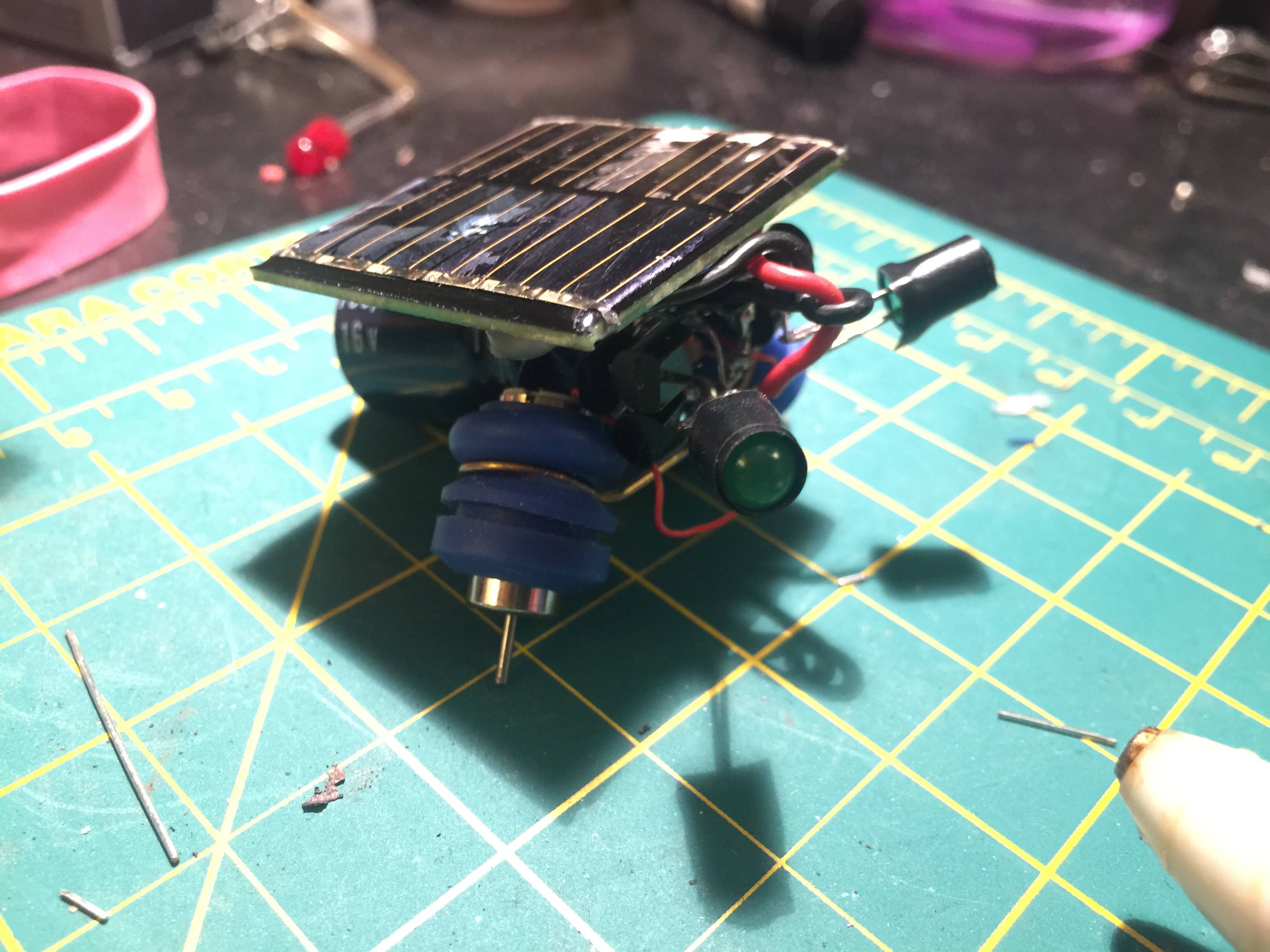BEAM me up!
Today I wanted to share a little bit about my journey with a subject tangential to science that I didn’t end up pursuing as a career, but that nonetheless had a major impact on my education and understanding of the world as a young kid: electronics.
I was introduced to the world of electronics and robot-building by a rival-turned-best friend in grade 5, Lee Szuba. He had just transferred into my school, and initially we were both suddenly threatened by the presence of someone else vying for the role of “smartest kid in the class” (I know, cringing at the obnoxiousness in retrospect). But after, for some reason, all the rest of the kids in our grade decided there should be a mandatory class vs. class soccer tournament for several recesses, we finally bonded over being the only two who had absolutely no interest in that and played “defence” by sitting on the sidelines and talking.
And what an important moment that would turn out to be for me. Lee’s parents were photographers, but as part of their basement studio they had also set up a small workshop for building and fixing lighting rigs. Lee’s Dad had learned electronics at some point in his career, and had passed the love and enthusiasm for understanding this mysterious world that powered our everyday lives down to his son, who then passed it on to me. The next few years were a whirlwind of working on projects together, learning to program, experimenting with new ideas, and competing in robotics tournaments, all driven by our shared enthusiasm.
(I swear I have photos from this time in some dark lost archive, but I’ll have to do some extensive digging before I can find them and share them here. Just imagine we as a wee lil’ weenie getting excited about small roll-y things though!)
Anyways, what I really wanted to talk about today was the “school” or philosophy of robotics I was first brought up in: BEAM (Biology, Electronics, Aesthetics, and Mechanics) robotics. The central tenet of this style was that robotics should take inspiration from nature, both in the form and function of its creations. A significant number of BEAM-oriented projects are based on small calculator-style solar panels, and circuits designed to both seek out and collect light to power themselves, so-called “photovores”:
BEAM got its start in the 90s by a Canadian named Mark Tilden, who was interested in the idea of robots as living machines, what he called “wild” robots, as opposed to the more typically functionality-oriented robots produced industrially or in the imaginations of sci-fi authors. This was a time before the wide availability of cheap, easily-programmable microcontrollers like Arduinos, and so BEAM robots were more based on the design of analog electronic circuits that could utilize and react to their environment (light availability, physical obstacles, etc.)
After middle school, Lee and I parted ways and went to different high schools, and my interest in robotics waned. That was, until the beginning of the pandemic, when being stuck at home in quarantine gave me more free time to break out my old electronics gear. Without further ado, here’s a few of my creations:
Testing out the light sensitivity:
Another BEAM robot I made: a solar-powered pendulum!
Till next time,
-xoxo gossip grad ☾⋆⁺₊⋆

